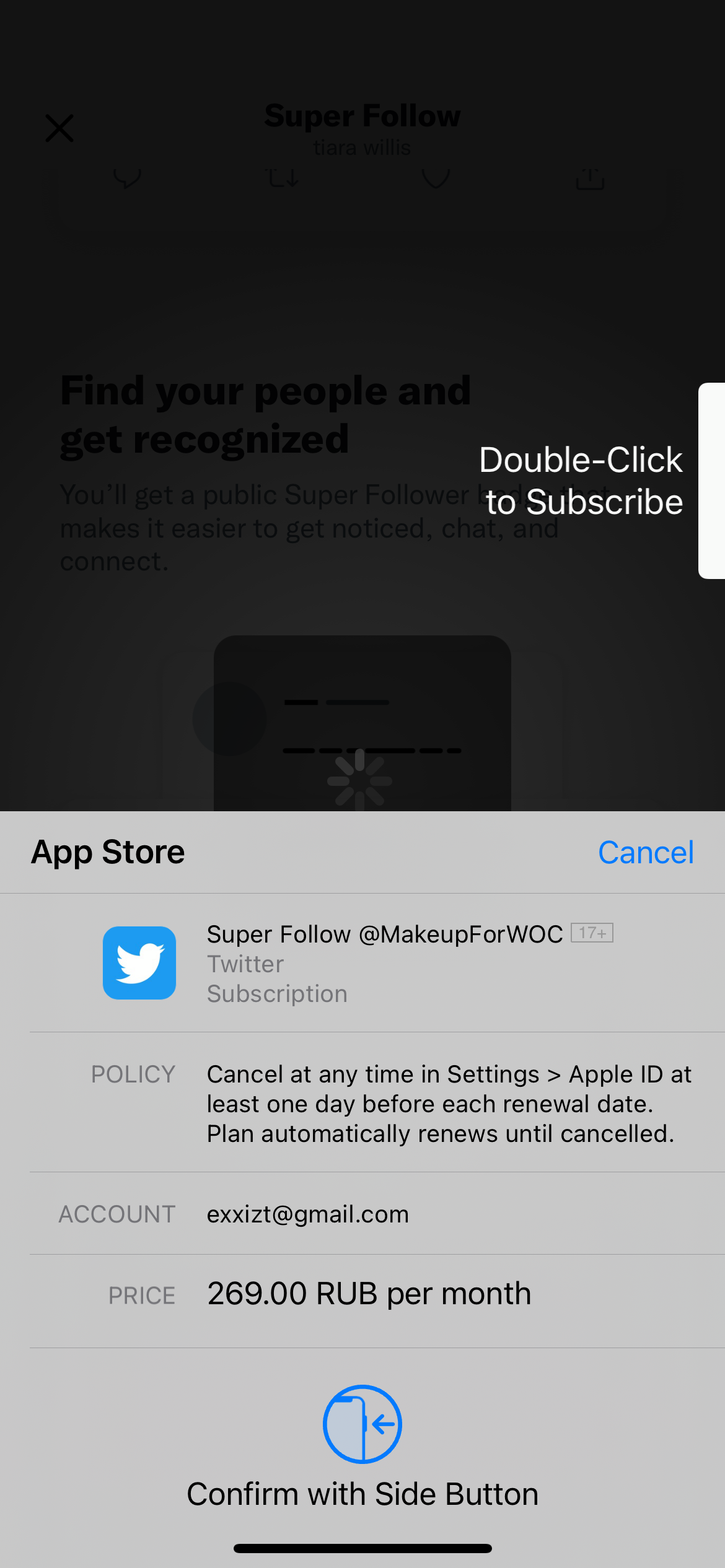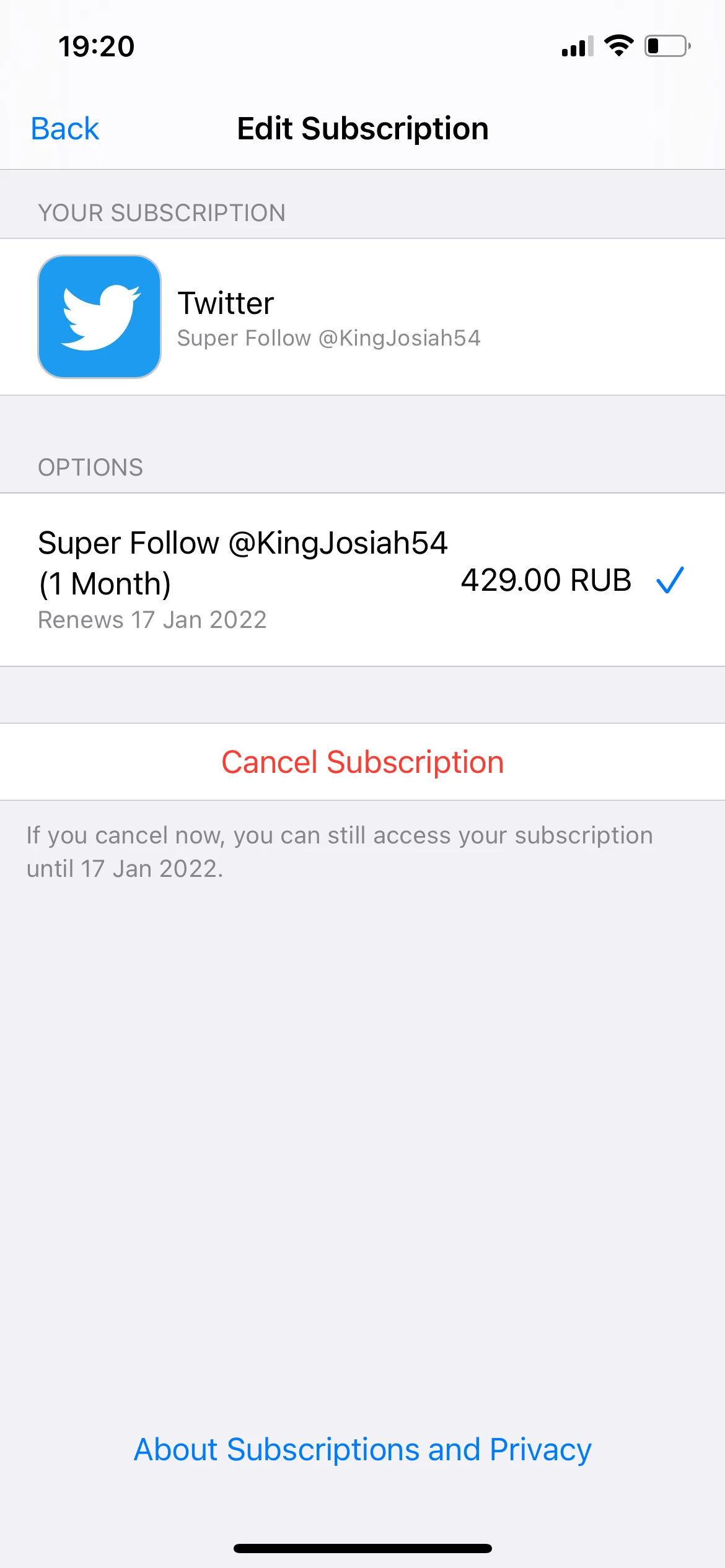Hey @Stas!
Good question, but unfortunately not a straight forward answer. Subscribing to user-generated content is becoming a more popular business model now but there are some special considerations you should think about with in-app purchases.
For starters, Apple limits the number of products your app can have to 10,000. They also require each product to be reviewed by their team so you wouldn't be able to spin up products on the fly. Twitter, Youtube, and other large companies that you've seen implement this business model have done so by working closely with Apple to get around these restrictions. So unfortunately there isn't a setup every developer could do to automate what Twitter has done with super-follows.
That said, you mentioned an application process, so it sounds like if someone applies you could create the product, submit it for review, and add an Entitlement to RevenueCat manually if you approve their application. Hopefully by the time you hit the 10,000 product limit you may be able to get an account manager at Apple to help you get around this limitation - I honestly have no clue how this process works.
On the RevenueCat side each creator would have their own Entitlement that could be unlocked with their corresponding product.
You didn't mention it in your post, but some apps may want to pay out creators a percentage of the revenue they drive. You definitely want to give each creator their own product ID in this case, and don't pay them out until you get the financial report from Apple that shows the exact revenue (after taxes and fees) that each product ID generated for the fiscal month.
Another option I've seen apps do is build a coin-based system where customer buy or subscribe to an amount of coins that they could "pay" out to creators. I would say this does add some complexity on the development side to build a system to track the purchase and redemption of these coins.






